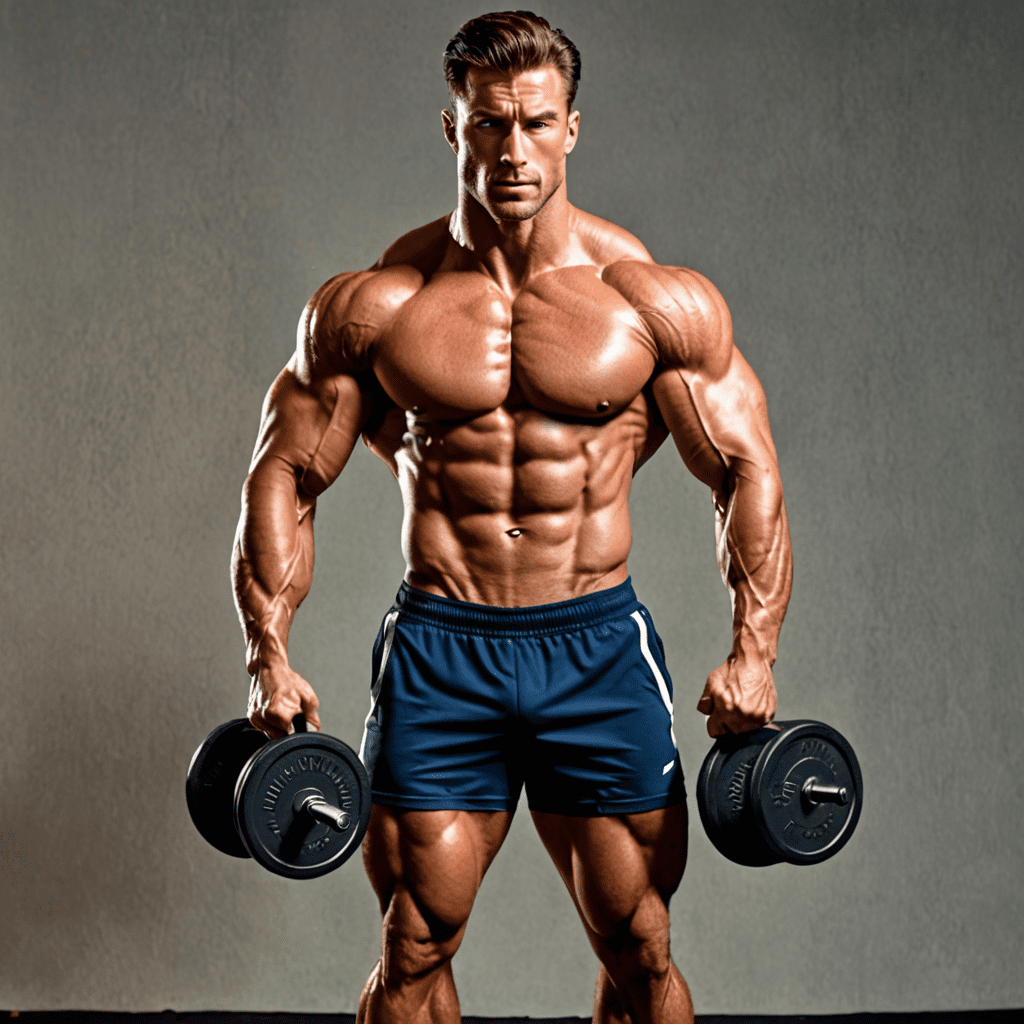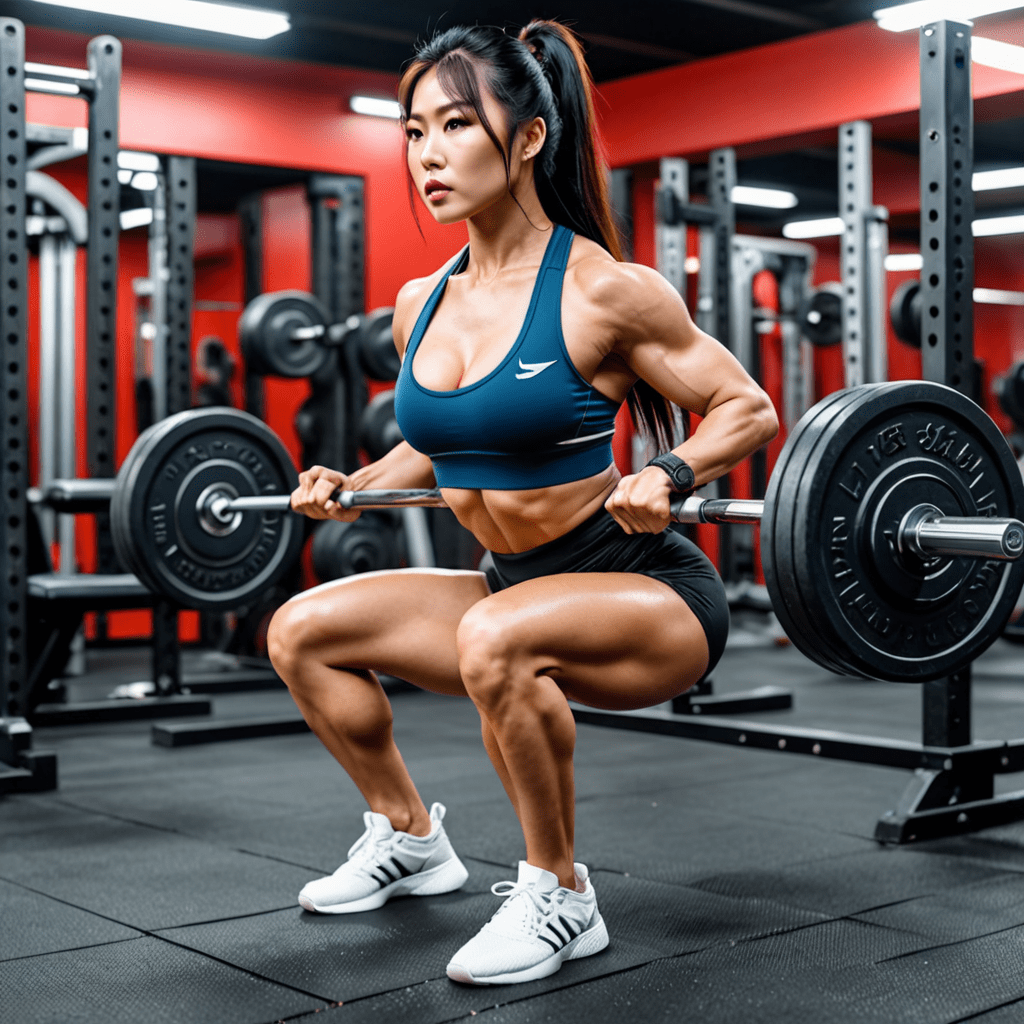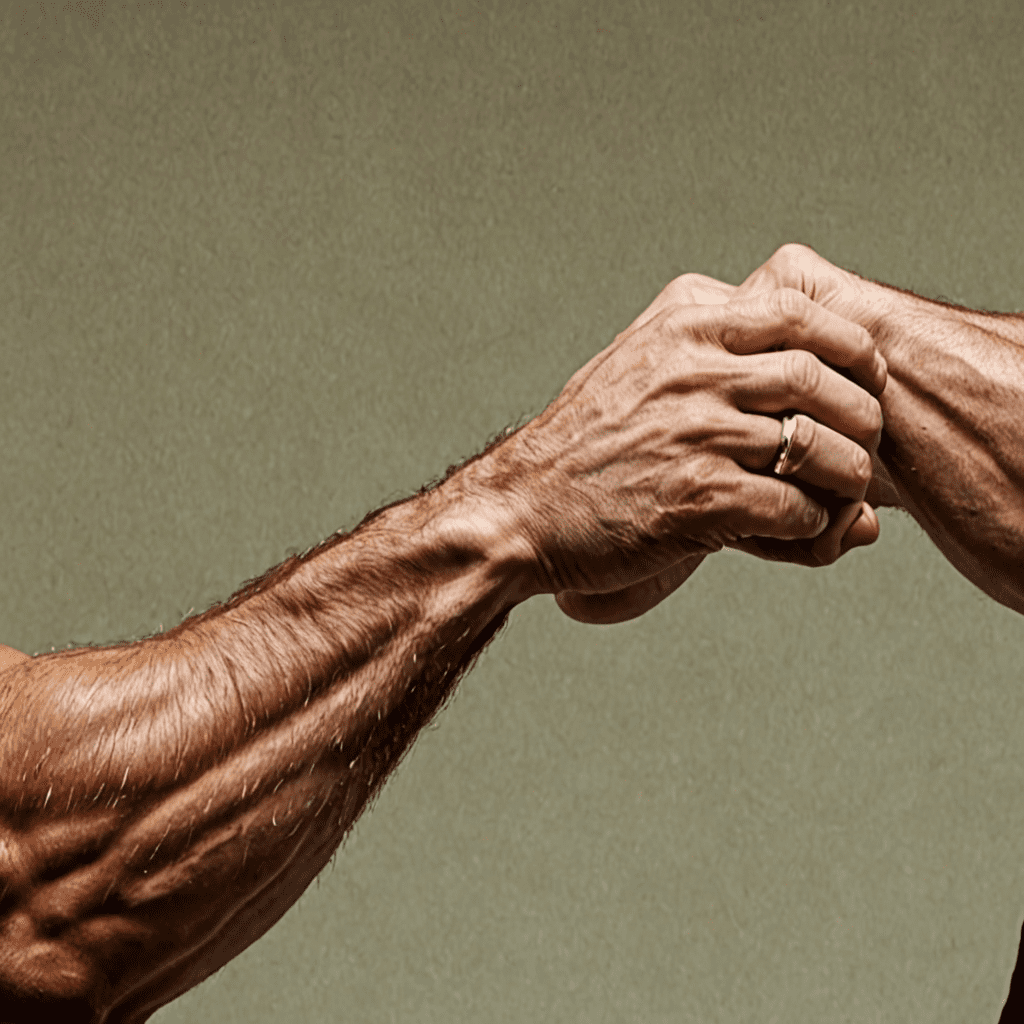
Unveiling the Muscles Engaged in Push-Up Exercises
Push-ups are a foundational exercise that engages various muscle groups, contributing to overall strength and stability. Understanding the muscles involved in this exercise can help maximize its benefits and ensure proper form. Let’s delve into the muscles worked during push-ups.
The Pectoralis Major
The primary muscle engaged during push-ups is the pectoralis major, the large muscle of the chest. It’s responsible for the pushing motion, and performing push-ups effectively strengthens and tones this muscle, enhancing upper body aesthetics and strength.
The Triceps
Triceps, the muscles located at the back of the upper arm, are also heavily engaged during push-ups. They play a crucial role in extending the elbow and are essential for stabilizing the arms during the exercise.
The Deltoids
The deltoid muscles, situated at the shoulder, are actively involved in stabilizing and controlling the movement during push-ups. They assist in shoulder abduction and provide stability to the arms throughout the exercise.
The Core Muscles
Engaging in push-ups requires significant activation of the core muscles, including the rectus abdominis, obliques, and transverse abdominis. These muscles provide stability and support, aiding in maintaining proper posture and alignment during the exercise.
The Serratus Anterior
The serratus anterior, often referred to as the “boxer’s muscle,” is located on the sides of the chest and is crucial for scapular movement and stability. It is actively involved in the protraction and stabilization of the scapula during push-ups.
The Rhomboids and Trapezius
Push-ups also engage the rhomboid and trapezius muscles, which are located in the upper back. These muscles assist in scapular retraction and stabilization, playing a pivotal role in maintaining proper shoulder positioning during the exercise.
The Biceps
Although the triceps are the primary elbow extensors engaged during push-ups, the biceps, located on the front of the upper arm, also assist in stabilizing the arms during the descending phase of the exercise.
FAQ: Understanding the Benefits of Engaging Multiple Muscles in Push-Ups
Q: Why is it important to know the muscles worked during push-ups?
A: Understanding the specific muscles engaged in push-ups allows individuals to ensure proper form, target specific muscle groups for strength and aesthetic improvements, and build a comprehensive workout routine.
Q: Can push-ups effectively contribute to overall upper body strength?
A: Yes, push-ups are renowned for their ability to enhance upper body strength, targeting various muscle groups simultaneously, including the chest, shoulders, triceps, and core muscles.
Q: How can targeting multiple muscle groups benefit individuals?
A: Engaging multiple muscle groups during push-ups leads to improved overall strength, stability, and muscle coordination. Additionally, it can contribute to efficient calorie burning and aid in sculpting a well-defined upper body.

